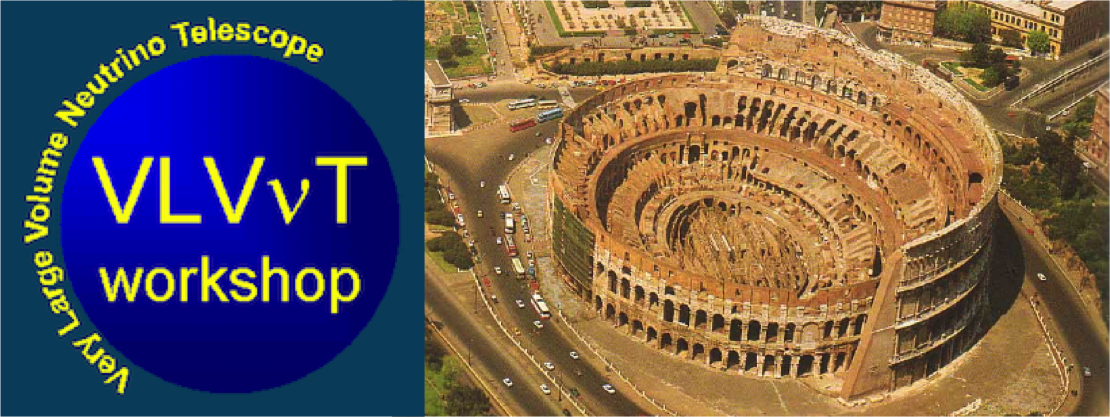Speaker
Giulia De Bonis
Description
The first implementation of the KM3NeT-IT neutrino telescope foresees the installation of 24 Strings, equipped with multi-PMTs Digital Optical Modules, and 8 Towers. The Tower's optical module (OM) is composed by a 10’' photomultiplier tube (PMT) enclosed in a 13’’ pressure resistant glass sphere that contains also the electronics boards for power supply and data acquisition; some OMs host a LED source, emitting at a wavelength of 470 nm. 6 optical modules are arranged in a 8m long “floor”; 14 floors make up a “tower”, a three-dimensional flexible structure, with a total height of about 400 meters. Given the large dimension of the detection units, the time calibration of the structure is a critical issue for the experiment. The idea behind this work is to exploit the LED sources mounted in the OMs to develop a complementary system for the determination, on shore and before the Tower deployment, of time delays, aiming at the characterizations of the time response of the different elements of the detector. During the assembling of the first tower, a set of measurements has been carried out using a Hamamatsu multi-pixel photon counter as light sensor and an Agilent TDC for computing time differences. The test set-up and the measurement procedure are described, together with preliminary results of the calibration system. Lesson learnt is quite encouraging: uncertainties of the order of hundreds of ps are reached with very few cautions taken during the short calibration session, with large room for improvement available, making this system feasible and effective for the KM3NeT-IT experiment.
